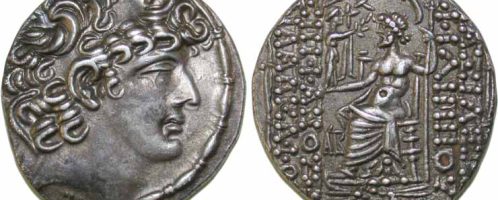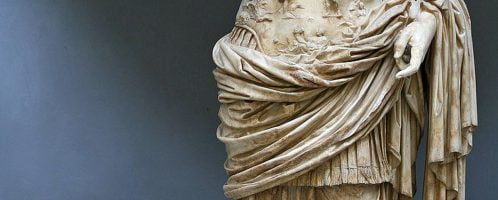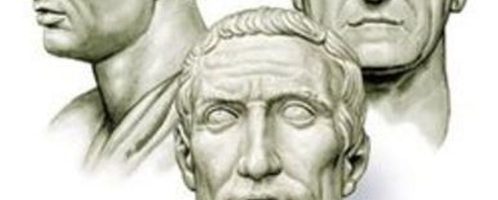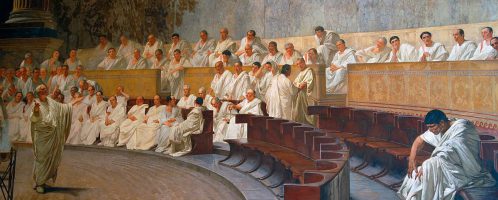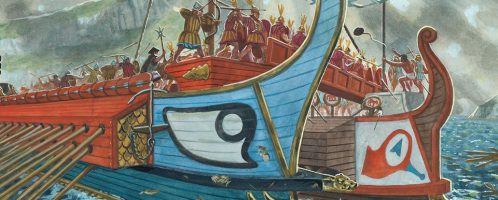Rome’s smartest enemy, or how Jugurtha led Rome by nose and how it ended
Jugurtha (born around 160 BCE and died in 104 BCE) was the grandson of Masinissa, meaning the ruler of Numidia who at the end of the Second Punic War went over to Rome, contributing to the victory of Scipio Africanus the Elder took over Hannibal in the battle of Zama in 202 BCE and which he acknowledges he was crowned Numidia.



